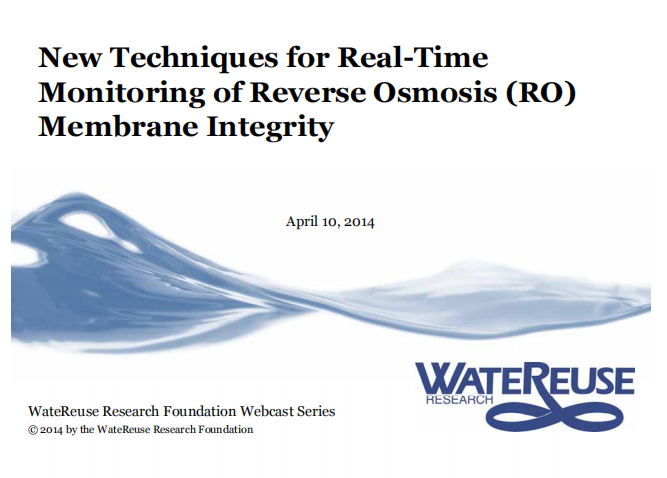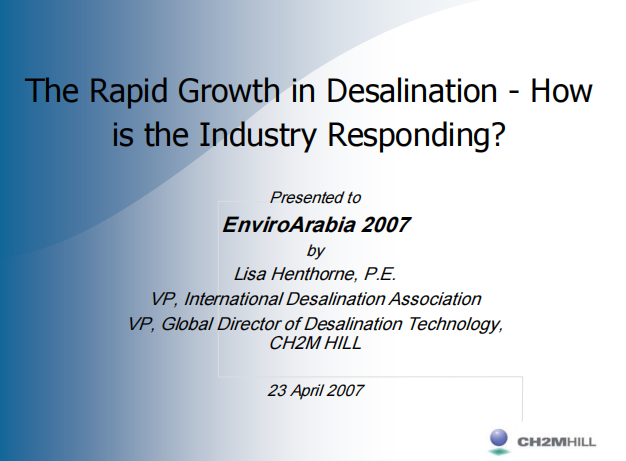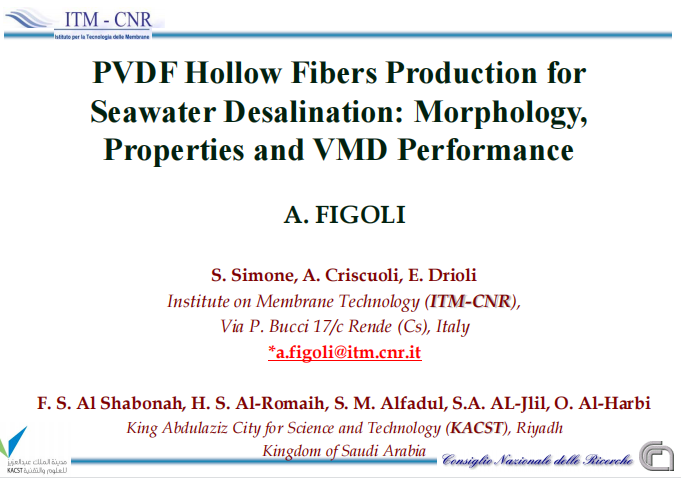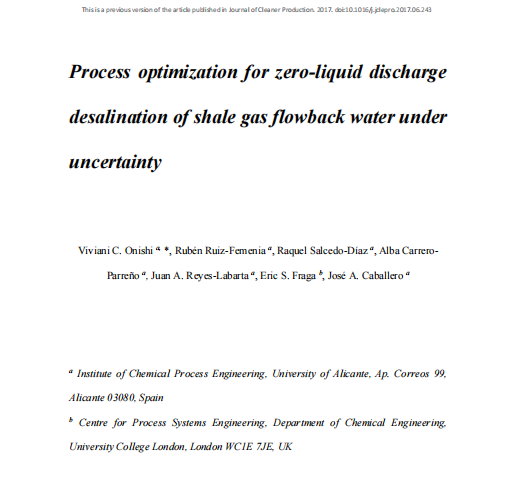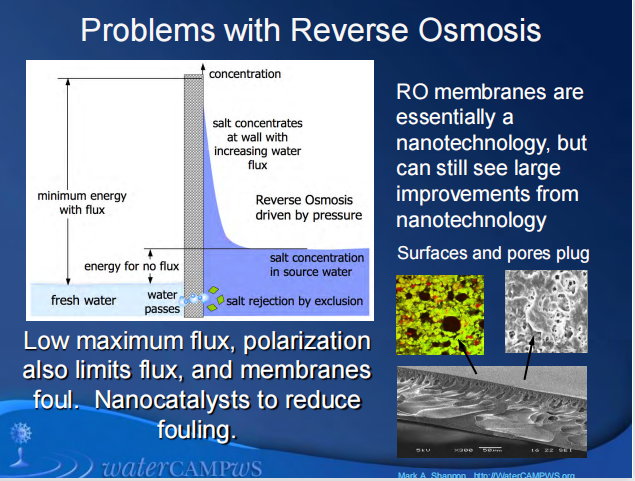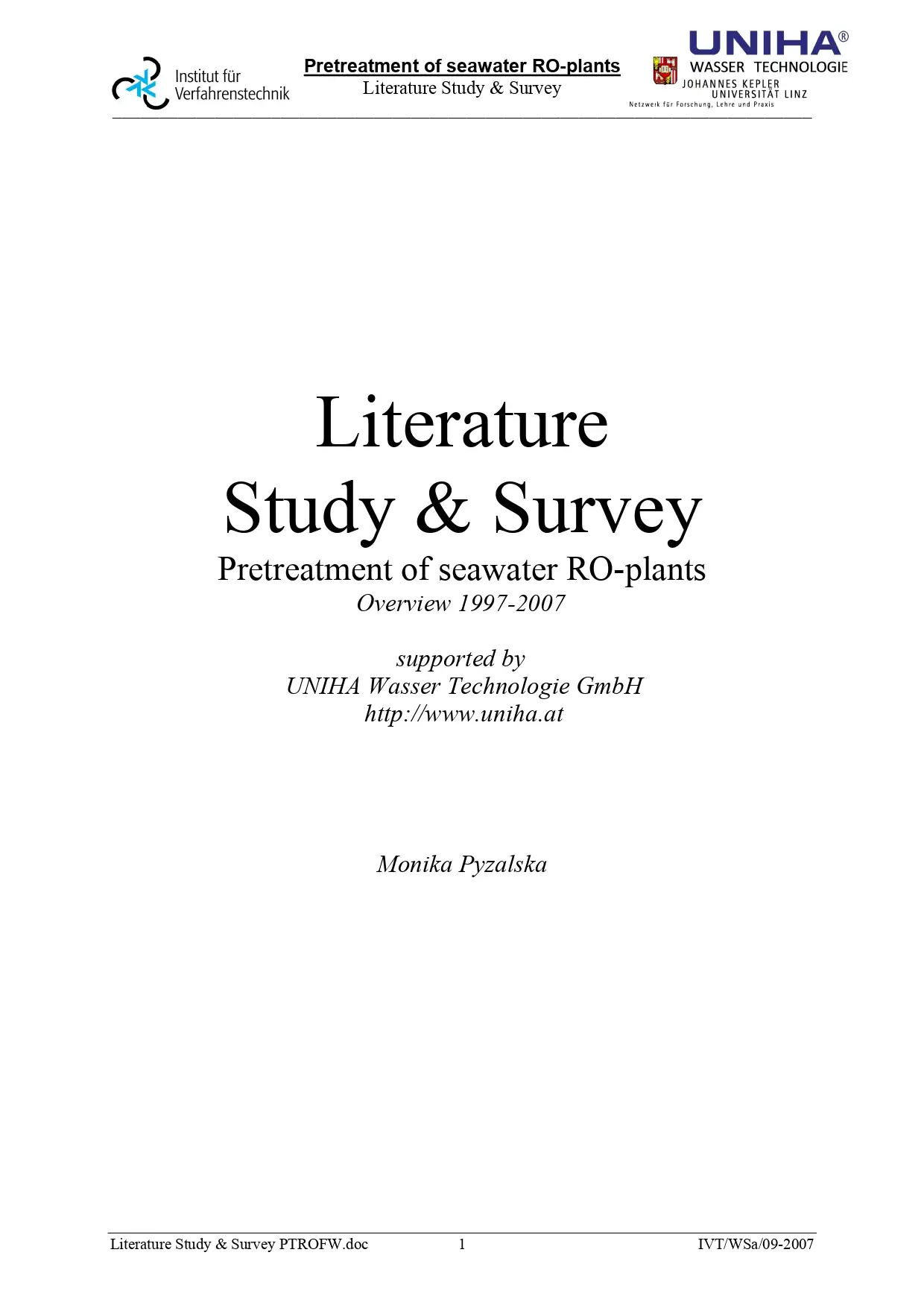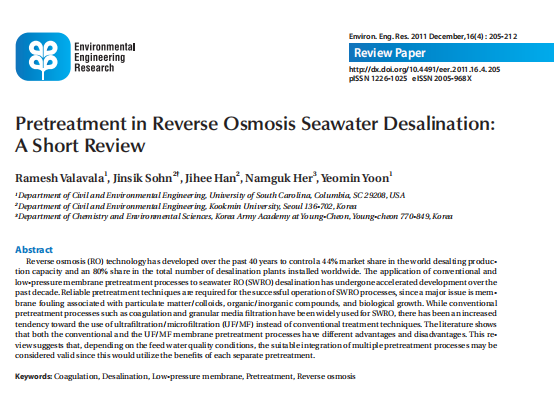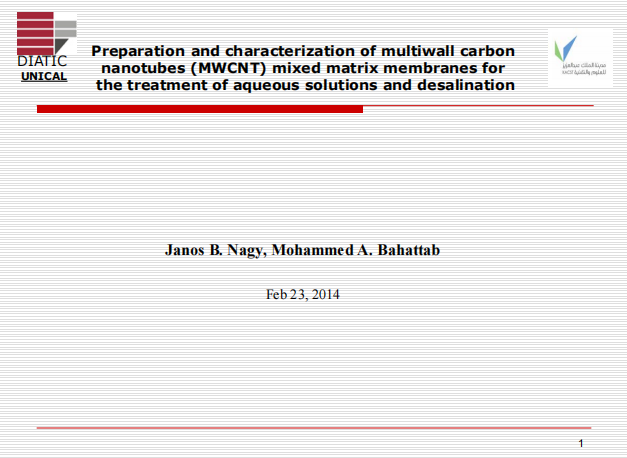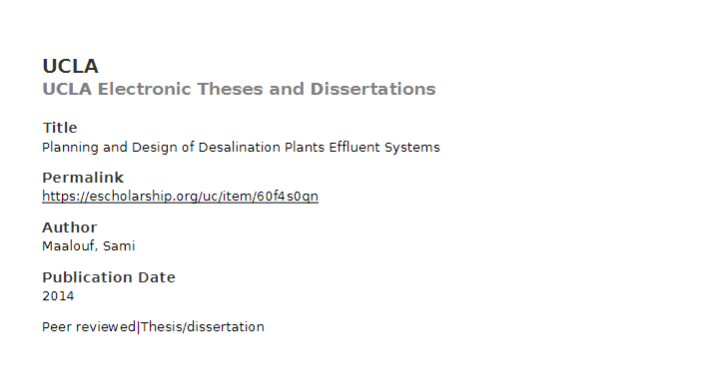Process Optimization For Zero-Liquid Discharge Desalination Of Shale Gas Flowback Water Under Uncertainty
Abstract
Sustainable and efficient desalination is required to treat the large amounts of high salinity flowback water from shale gas extraction. Nevertheless, uncertainty associated with well data (including water flowrates and salinities) strongly hampers the process design task. In this work, we introduce a new optimization model for the synthesis of zero-liquid discharge (ZLD) desalination systems under uncertainty. The desalination system is based on multiple-effect evaporation with mechanical vapor recompression (MEE-MVR). Our main objective is energy efficiency intensification through brine discharge reduction, while accounting for distinct water feeding scenarios. For this purpose, we consider the outflow brine salinity near to salt saturation condition as a design constraint to achieve ZLD operation. In this innovative approach, uncertain parameters are mathematically modelled as a set of correlated scenarios with known probability of occurrence. The scenarios set is described by a multivariate normal distribution generated via a sampling technique with symmetric correlation matrix. The stochastic multi scenario non-linear programming (NLP) model is implemented in GAMS, and optimized by the minimization of the expected total annualized cost. An illustrative case study is carried out to evaluate the capabilities of the proposed new approach. Cumulative probability
curves are constructed to assess the financial risk related to uncertain space for different standard deviations of expected mean values. Sensitivity analysis is performed to appraise optimal system performance for distinct brine salinity conditions. This methodology represents a useful tool to support decision-makers towards the selection of more robust and reliable ZLD desalination systems for the treatment of shale gas flowback water.
Process Optimization For Zero-Liquid Discharge Desalination Of Shale Gas Flowback Water Under Uncertainty
Abstract
Sustainable and efficient desalination is required to treat the large amounts of high salinity flowback water from shale gas extraction. Nevertheless, uncertainty associated with well data (including water flowrates and salinities) strongly hampers the process design task. In this work, we introduce a new optimization model for the synthesis of zero-liquid discharge (ZLD) desalination systems under uncertainty. The desalination system is based on multiple-effect evaporation with mechanical vapor recompression (MEE-MVR). Our main objective is energy efficiency intensification through brine discharge reduction, while accounting for distinct water feeding scenarios. For this purpose, we consider the outflow brine salinity near to salt saturation condition as a design constraint to achieve ZLD operation. In this innovative approach, uncertain parameters are mathematically modelled as a set of correlated scenarios with known probability of occurrence. The scenarios set is described by a multivariate normal distribution generated via a sampling technique with symmetric correlation matrix. The stochastic multi scenario non-linear programming (NLP) model is implemented in GAMS, and optimized by the minimization of the expected total annualized cost. An illustrative case study is carried out to evaluate the capabilities of the proposed new approach. Cumulative probability
curves are constructed to assess the financial risk related to uncertain space for different standard deviations of expected mean values. Sensitivity analysis is performed to appraise optimal system performance for distinct brine salinity conditions. This methodology represents a useful tool to support decision-makers towards the selection of more robust and reliable ZLD desalination systems for the treatment of shale gas flowback water.
Pretreatment in Reverse Osmosis Seawater Desalination: A Short Review
Abstract
Reverse osmosis (RO) technology has developed over the past 40 years to control a 44% market share in the world desalting production capacity and an 80% share in the total number of desalination plants installed worldwide. The application of conventional and
low-pressure membrane pretreatment processes to seawater RO (SWRO) desalination has undergone accelerated development over the
past decade. Reliable pretreatment techniques are required for the successful operation of SWRO processes, since a major issue is membrane fouling associated with particulate matter/colloids, organic/inorganic compounds, and biological growth. While conventional
pretreatment processes such as coagulation and granular media filtration have been widely used for SWRO, there has been an increased
tendency toward the use of ultrafiltration/microfiltration (UF/MF) instead of conventional treatment techniques. The literature shows
that both the conventional and the UF/MF membrane pretreatment processes have different advantages and disadvantages. This review suggests that, depending on the feed water quality conditions, the suitable integration of multiple pretreatment processes may be
considered valid since this would utilize the benefits of each separate pretreatment.
Pretreatment in Reverse Osmosis Seawater Desalination: A Short Review
Abstract
Reverse osmosis (RO) technology has developed over the past 40 years to control a 44% market share in the world desalting production capacity and an 80% share in the total number of desalination plants installed worldwide. The application of conventional and
low-pressure membrane pretreatment processes to seawater RO (SWRO) desalination has undergone accelerated development over the
past decade. Reliable pretreatment techniques are required for the successful operation of SWRO processes, since a major issue is membrane fouling associated with particulate matter/colloids, organic/inorganic compounds, and biological growth. While conventional
pretreatment processes such as coagulation and granular media filtration have been widely used for SWRO, there has been an increased
tendency toward the use of ultrafiltration/microfiltration (UF/MF) instead of conventional treatment techniques. The literature shows
that both the conventional and the UF/MF membrane pretreatment processes have different advantages and disadvantages. This review suggests that, depending on the feed water quality conditions, the suitable integration of multiple pretreatment processes may be
considered valid since this would utilize the benefits of each separate pretreatment.
Planning And Design Of Desalination Plants Effluent Systems
Introduction:
As the world’s population has drastically grown throughout the 20th century and into the current decades, existing renewable water resources are jeopardized by the rising demand for potable water. This is especially true in regions whose climates are characterized as arid and semi-arid, such as California (Green, 2007) as well as other regions (e.g., Australia, the Mediterranean Basin, Persian Gulf Countries, etc.). In addition, with rapid expansion of industries and urban centers around the globe, compounded by more frequent droughts caused by climate change, freshwater has become increasingly scarce.
Planning And Design Of Desalination Plants Effluent Systems
Introduction:
As the world’s population has drastically grown throughout the 20th century and into the current decades, existing renewable water resources are jeopardized by the rising demand for potable water. This is especially true in regions whose climates are characterized as arid and semi-arid, such as California (Green, 2007) as well as other regions (e.g., Australia, the Mediterranean Basin, Persian Gulf Countries, etc.). In addition, with rapid expansion of industries and urban centers around the globe, compounded by more frequent droughts caused by climate change, freshwater has become increasingly scarce.


